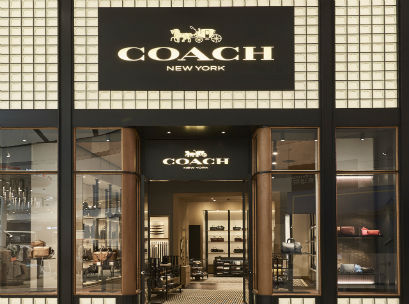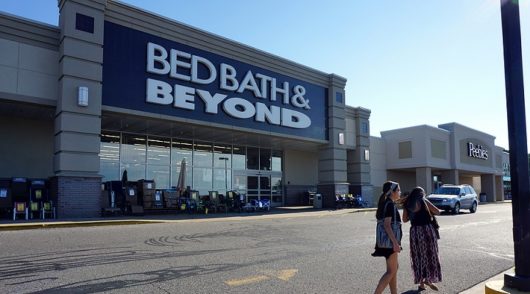 Fashion retailer Tapestry has cut its full-year profit forecast after reporting lacklustre holiday figures and a drop in sales at Kate Spade brand, due to falling tourist spending and a slowing global economy for the disappointing results.
Fashion retailer Tapestry has cut its full-year profit forecast after reporting lacklustre holiday figures and a drop in sales at Kate Spade brand, due to falling tourist spending and a slowing global economy for the disappointing results.
Tapestry announced Thursday its full-year adjusted earnings would now be in the range of US$2.55-US$2.60 per share, down from the company’s previous guidance of US$2.75-US$2.80 per share.
“In light of our second quarter results and the uncertain global environment, we are updating our outlook for the balance of the fiscal year,” said Victor Luis, Tapestry CEO.
For the second quarter, sales in Coach, whose handbags and accessories contribute about 71 per cent of Tapestry’s business, rose about 2 per cent in the quarter ending December 29, 2018 to US$1.25 billion. However, sales at Kate Spade, which it bought in 2017, fell 1.6 per cent to US$428 million.
“This performance fell short of our expectations in the face of an increasingly volatile macroeconomic and geopolitical backdrop,” Luis said.
“At Coach, we delivered continued growth driven by positive global comparable store sales, reflecting our compelling offering across categories,” he said.
At Kate Spade, however, Luis said that although the company has made continued progress in its integration efforts and execution of strategic initiatives, including the deliberate pullback in wholesale disposition, comparable store sales were below expectations, impacted by the lack of distinctive newness in the final collections from the prior design team.
Tapestry posted an increase in net income for the quarter to US$254.8 million, or 88 cents per share, from US$63.2 million, or 22 cents per share, a year earlier.
Net sales rose from US$1.79 billion to US$1.80 billion,
Neil Saunders, managing director of GlobalData Retail, said although Tapestry traded well in 2018, the results show that it stumbled during the most important retail period at the end of the year.
“By the company’s historic standards, revenue growth of 0.9 per cent is a spiritless performance,” Saunders said.
“That this came at a time of high consumer spending growth makes the outcome even more concerning as it points the finger of blame firmly at Tapestry.”
Saunders said one of the issues at Coach over the holiday period was a relatively lackluster line up of products. While the range was not terrible, neither was it particularly compelling. There was a distinct lack of ‘must have’ items and bag silhouettes, and most of the assortment looked very similar to that offered earlier in the year.
“In a market where consumers had money to spend and were actively shopping around, such an approach was not good enough,” he said. “In our opinion, the range of gifting options was also poor: not nearly enough effort was put into producing holiday lines to appeal to different price points and types of consumer. Ultimately, these missteps cost Coach sales and market share.”
Overall, Saunders said, the numbers represent a roadblock on Tapestry’s journey to becoming a much larger brand powerhouse.
“We believe that the company has the potential to overcome such an obstacle – but only if it quickly gets back to delivering strong collections that engage and inspire customers.”
Access exclusive analysis, locked news and reports with Inside Retail Weekly. Subscribe today and get our premium print publication delivered to your door every week.





